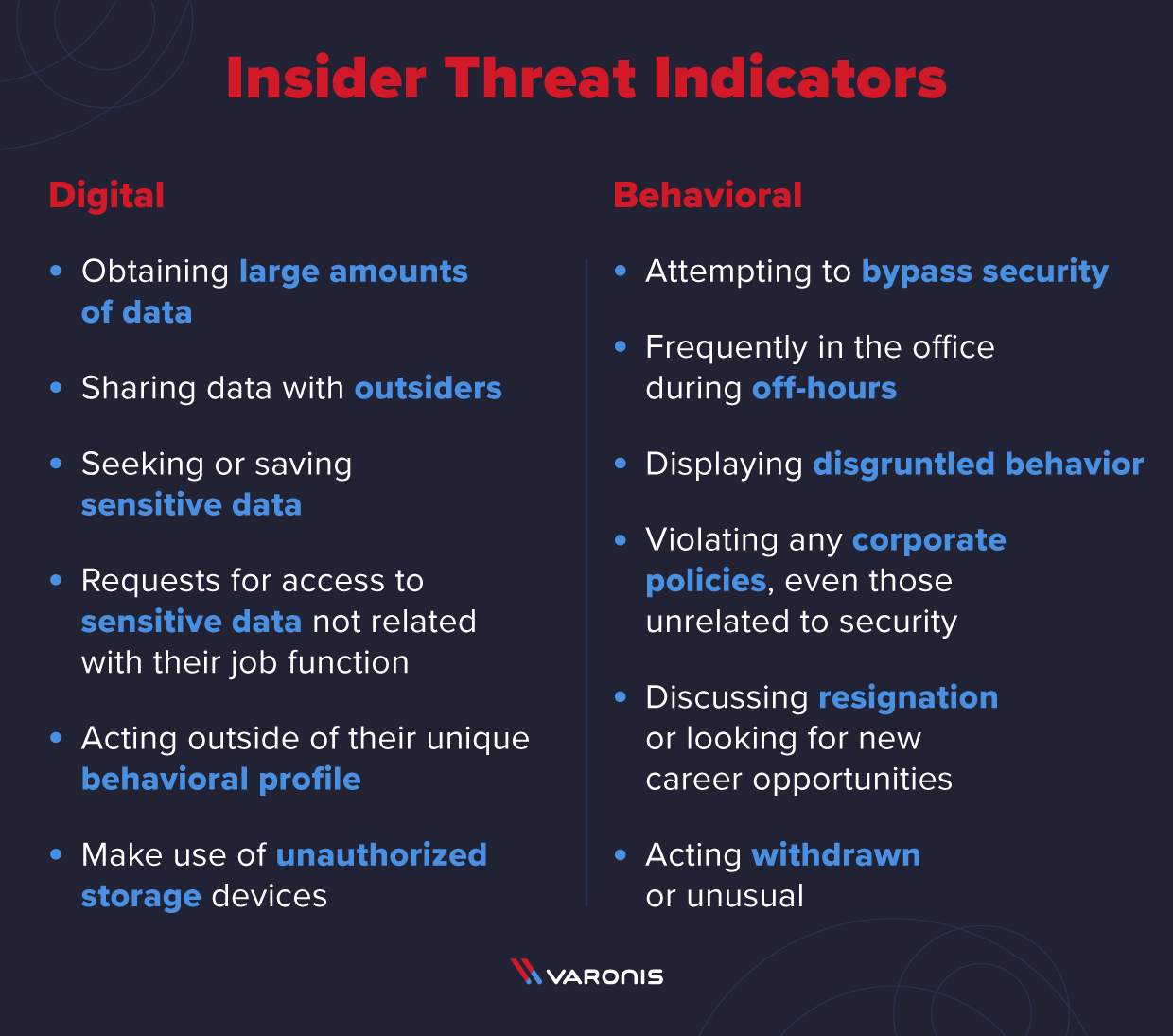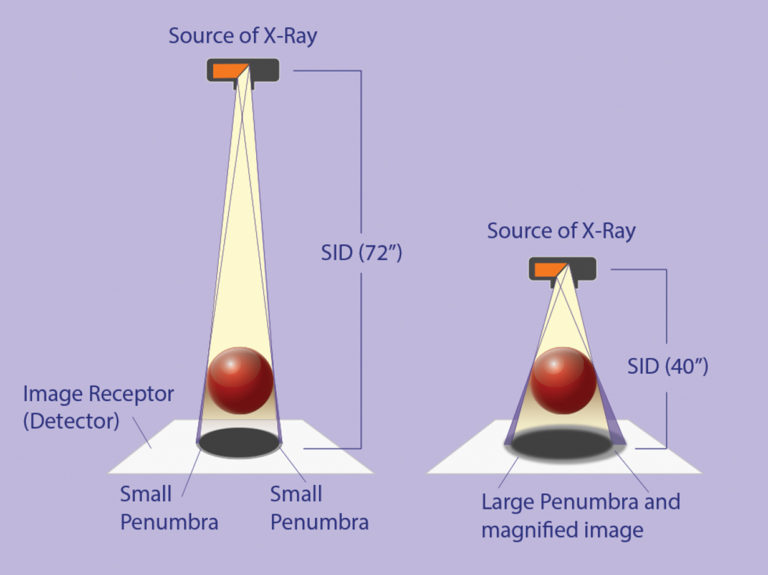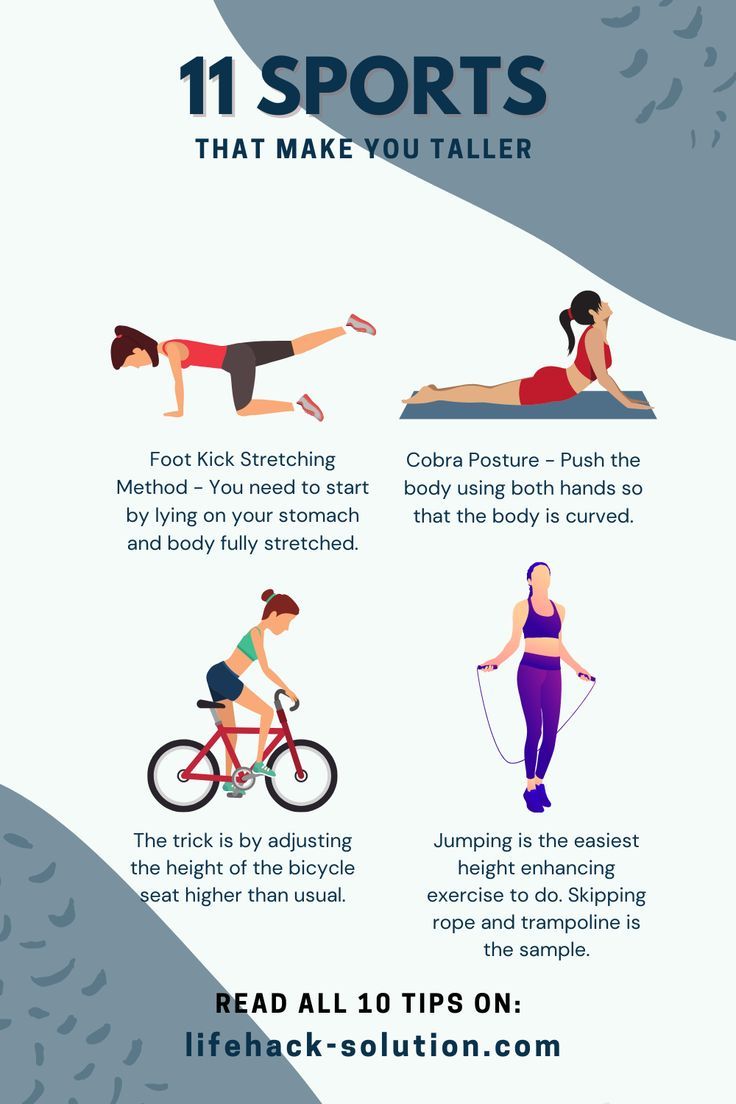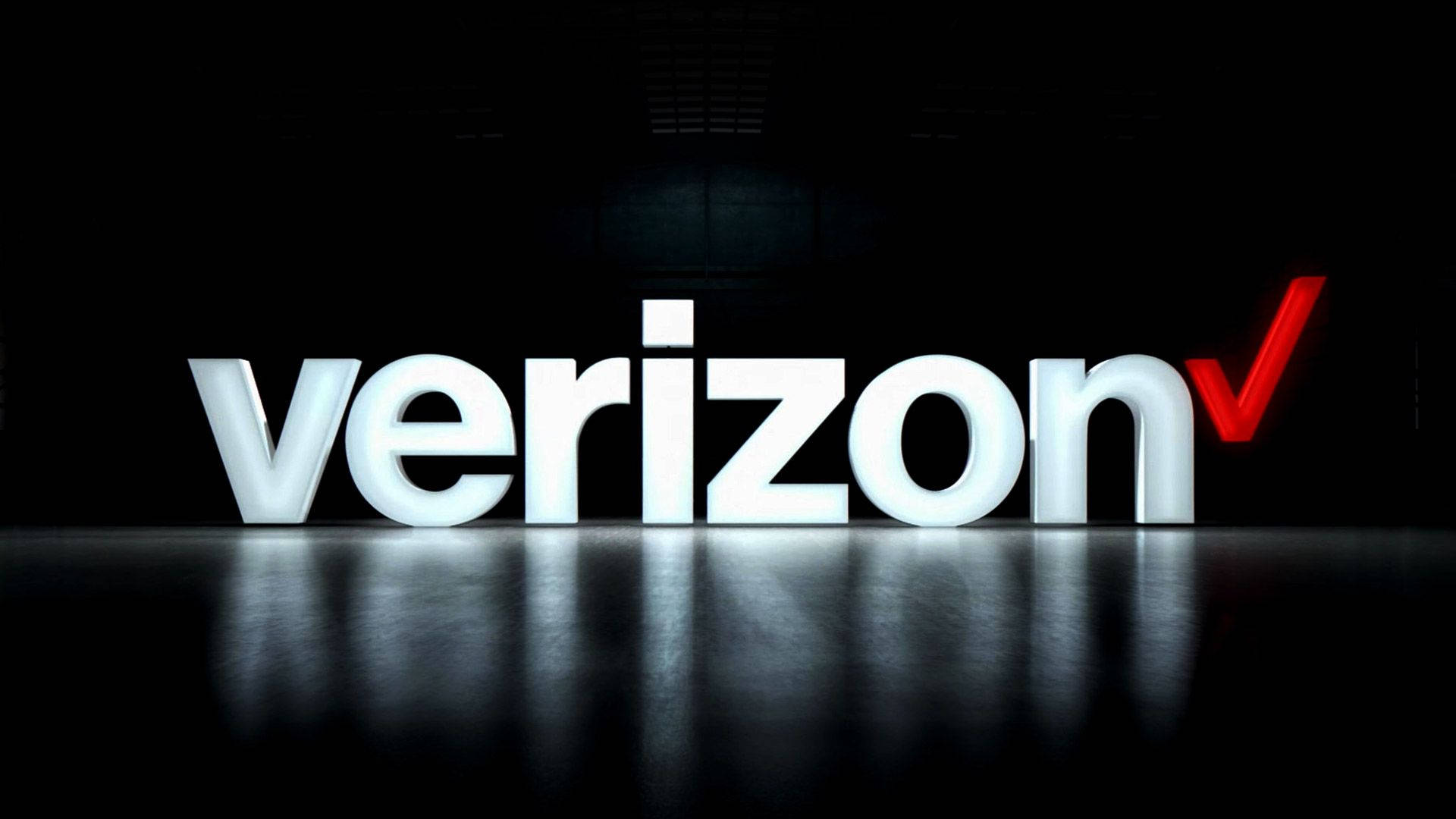SID in Sports: Complete Guide to Sports Information Director Roles and Responsibilities
What does SID stand for in sports?
Sid stands for sports information director, a crucial position within athletic departments at colleges, universities, and professional sports organizations. The sports information director serves as the primary liaison between athletic programs and the media, manage communications, statistics, and promotional activities that keep fans, journalists, and stakeholders inform about team performance and events.
Sports information directors play an essential role in modern athletics, bridge the gap between athletic competition and public engagement. Their work encompass everything from write press releases and manage social media accounts to coordinate media interviews and maintain comprehensive statistical records.
Primary responsibilities of a sports information director
The role of a sports information director encompass a wide range of duties that vary depend on the size and level of the athletic program. At major universities and professional organizations, SIDS oftentimes specialize in specific sports or areas of expertise, while smaller programs may require one person to handle multiple responsibilities across various teams.
Media relations and communication
Media relations form the cornerstone of SID responsibilities. Sports information directors craft press releases announce roster changes, game results, player achievements, and coaching updates. They serve as the primary contact point for journalists seek interviews, statistics, or background information about teams and athletes.
Effective communication skills are paramount in this aspect of the role. Sid’s must translate complex athletic information into accessible content for different audiences, from hardcore sports fans who want detailed statistics to casual observers seek basic game information. They coordinate press conferences, arrange media interviews, and frequently serve as spokespersons during crisis situations or controversial events.
Statistical management and record keeping
Accurate statistical tracking represent another fundamental responsibility for sports information directors. They maintain comprehensive databases of player statistics, team records, historical achievements, and comparative data across seasons and opponents. This information support media coverage, coach decisions, and fan engagement initiatives.
Modern SIDS utilize sophisticated software systems to track real time statistics during games and events. They ensure accuracy in statistical reporting and oftentimes provide live updates to media outlets and digital platforms during competitions. This data too support recruit efforts and help coaches analyze performance trends.
Digital content creation and management
The digital revolution has importantly expandeSIDid responsibilities to include website management, social media coordination, and multimedia content creation. Sports information directors forthwith oversee athletic department websites, ensure current roster information, schedules, news updates, and statistical data remain accessible to fans and media.
Social media management has become progressively important, with SIDS create engaging content across platforms like Twitter, Facebook, Instagram, and TikTok. They develop content strategies that highlight team achievements, promote upcoming events, and build fan engagement through behind the scenes content and player spotlights.
Educational background and career path
Most sports information directors hold bachelor’s degrees in communications, journalism, public relations, or sports management. Many successful SIDS besides possess master’s degrees in related fields, which can provide competitive advantages in hire and career advancement.
Practical experience oftentimes prove as valuable as formal education in this field. Many SIDS begin their careers as student assistants in college athletic departments, gain hands-on experience with media relations, statistical tracking, and event management. Internships with professional sports teams, media outlets, or athletic conferences provide additional pathways into the profession.
Essential skills and qualifications
Successful sports information directors combine strong writing abilities with technical proficiency and interpersonal skills. They must write intelligibly and promptly under deadline pressure, oftentimes produce multiple press releases, social media posts, and statistical summaries within short timeframes during active competition seasons.
Technical skills have become progressively important as digital platforms dominate sports communication. Sid’s must understand website content management systems, social media analytics, database management, and oftentimes basic graphic design and video editing capabilities.
Attention to detail is crucial to give the importance of statistical accuracy in sports coverage. Media outlets and fans rely SIDsid provide information for reporting and analysis, make precision essential for maintain credibility and professional relationships.
Working environment and daily responsibilities
Sports information directors work in dynamic environments that change dramatically base on competition schedules and seasonal demands. During active seasons, SIDS oftentimes work evenings and weekends, attend games and events to provide real time coverage and coordinate media activities.
A typical day might include update website content, respond to media inquiries, prepare statistical reports, coordinate interviews, and manage social media accounts. During game days, responsibilities expand to include media credential management, press box operations, post game interview coordination, and immediate statistical distribution.
Collaboration with athletic department staff
Sports information directors work intimately with coaches, athletic directors, compliance officers, and marketing staff to ensure consistent messaging and coordinate promotional efforts. They oftentimes participate in strategic planning discussions about program development, facility improvements, and community engagement initiatives.
Relationship building extend beyond internal staff to include media representatives, conference officials, and counterparts at other institutions. These professional networks facilitate information sharing, coordinate coverage of major events, and support career development opportunities.
Career advancement and specialization
Career progression in sports information typically follow a hierarchical path from assistant positions to director roles, with opportunities for advancement to larger programs or professional organizations. Some SIDS specialize in particular sports, develop expertise in specific statistical systems, media requirements, and fan engagement strategies.
Advanced positions may include associate athletic director roles with broader administrative responsibilities, or transitions to related fields such as sports marketing, broadcasting, or professional team management. The skills develop as a sSIDtransfer intimately to corporate communications, public relations agencies, and media organizations.

Source: abbreviationfinder.org
Professional development and networking
The college sports information directors of America (cCosta))erve as the primary professional organization for sidSIDSrovide network opportunities, educational resources, and industry recognition programs. Annual conferences and regional meetings facilitate knowledge sharing about emerge technologies, best practices, and career development strategies.
Continue education remain important as digital platforms and communication technologies evolve apace. Many SIDS pursue additional certifications in digital marketing, data analytics, or multimedia production to enhance their skill sets and career prospects.
Challenges and rewards of the SID role
Sports information directors face unique challenges include irregular schedules, high pressure deadlines, and the need to maintain objectivity while promote their programs. They must balance promotional responsibilities with accurate reporting, particularly during difficult seasons or controversial situations.
The increase pace of digital communication create pressure for immediate response to break news, injury reports, and other developments. Sid’s must verify information accuracy while meet media deadlines and fan expectations for timely updates.
Despite these challenges, many SIDS find the role extremely rewarding due to their direct involvement in athletic success stories, relationships with student athletes and coaches, and contributions to program growth and recognition. The variety of daily responsibilities and the dynamic nature of sports create an engaging work environment for those passionate about athletics and communication.
Technology and innovation in sports information
Modern sports information directors utilize progressively sophisticated technology platforms to manage their responsibilities expeditiously. Statistical software systems nowadays provide real time data collection and analysis capabilities, while content management systems streamline website updates and social media post.
Video streaming and digital broadcasting have expandeSIDid responsibilities to include technical coordination and content creation for online audiences. Many athletic departments nowadays produce their own video content, requirSIDSds to develop multimedia skills and coordinate with production teams.
Data analytics tools help SIDS track engagement metrics, audience demographics, and content performance across digital platforms. This information guide strategic decisions about communication strategies and resource allocation for maximum impact and reach.
Future outlook for sports information directors
The sports information director role continue to evolve as digital communication technologies advance and fan engagement expectations increase. SuccessfSIDSids must adapt to new platforms, understand emerge media trends, and develop skills in areas such as podcast productiolive-streaminging, and interactive content creation.
The integration of artificial intelligence and automated systems may change certain aspects of statistical tracking and content distribution, but the need for human expertise in relationship building, strategic communication, and crisis management ensure continue demand for skilled sports information directors.

Source: collegegymnews.com
Career opportunities are expected to remain strong, specially foSIDSds who develop expertise in digital marketing, data analysis, and multimedia content creation. The expansion of collegiate athletics and the growth of professional sports leagues create ongoing demand for qualified communications professionals who understand the unique requirements of athletic organizations.
MORE FROM weirdsearch.com













